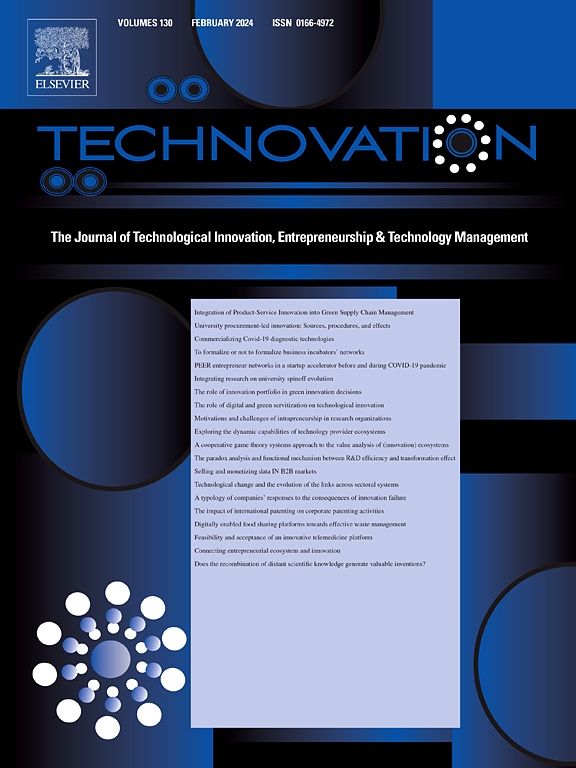A classification framework for generative artificial intelligence for social good
IF 11.1
1区 管理学
Q1 ENGINEERING, INDUSTRIAL
引用次数: 0
Abstract
Many policy makers and corporate leaders are adjusting their strategies to harness the power of GenAI. There are numerous debates on how GenAI would fundamentally change existing business models. However, there is not much discussion on roles of generative AI in the domain of social good. Broader views covering potential opportunities of GenAI to enable diverse initiatives in the social good space are largely missing. We intend to reduce the gap by developing a classification framework that should allow researchers gauge the potential impact of GenAI for social good initiatives. Through case analysis, we assess how value-added abilities of GenAI may influence various social good initiatives. We adopt/develop two loosely connected classification frameworks that are grounded in task-technology fit (TTF) theory. Subsequently, we investigate how our analyses of GenAI initiatives utilizing different dimensions of these two frameworks may be synthesized to provide appropriate explanation for potential success of GenAI for social good. We develop five propositions that will provide guidance to practitioners and researchers. The theoretically grounded analysis of 21 GenAI for social good use cases based on the two classification frameworks, and the resulting propositions are the original contributions of this paper to the AI for social good literature.
促进社会公益的生成式人工智能分类框架
许多政策制定者和企业领导者正在调整战略,以利用 GenAI 的力量。关于 GenAI 如何从根本上改变现有商业模式的讨论不绝于耳。然而,关于生成式人工智能在社会公益领域的作用的讨论并不多。关于 GenAI 在社会公益领域实现各种倡议的潜在机会的更广泛观点,在很大程度上也是缺失的。我们打算通过开发一个分类框架来缩小这一差距,该框架应能让研究人员衡量 GenAI 对社会公益活动的潜在影响。通过案例分析,我们评估了 GenAI 的增值能力如何影响各种社会公益活动。我们采用/开发了两个以任务-技术契合(TTF)理论为基础的松散连接的分类框架。随后,我们将研究如何综合利用这两个框架的不同维度对 GenAI 计划进行分析,从而为 GenAI 在社会公益方面的潜在成功提供适当的解释。我们提出了五个命题,为从业人员和研究人员提供指导。基于这两个分类框架对 21 个 GenAI 社会公益用例进行的理论分析,以及由此产生的命题,是本文对人工智能社会公益文献的原创性贡献。
本文章由计算机程序翻译,如有差异,请以英文原文为准。
求助全文
约1分钟内获得全文
求助全文
来源期刊

Technovation
管理科学-工程:工业
CiteScore
15.10
自引率
11.20%
发文量
208
审稿时长
91 days
期刊介绍:
The interdisciplinary journal Technovation covers various aspects of technological innovation, exploring processes, products, and social impacts. It examines innovation in both process and product realms, including social innovations like regulatory frameworks and non-economic benefits. Topics range from emerging trends and capital for development to managing technology-intensive ventures and innovation in organizations of different sizes. It also discusses organizational structures, investment strategies for science and technology enterprises, and the roles of technological innovators. Additionally, it addresses technology transfer between developing countries and innovation across enterprise, political, and economic systems.
 求助内容:
求助内容: 应助结果提醒方式:
应助结果提醒方式:


